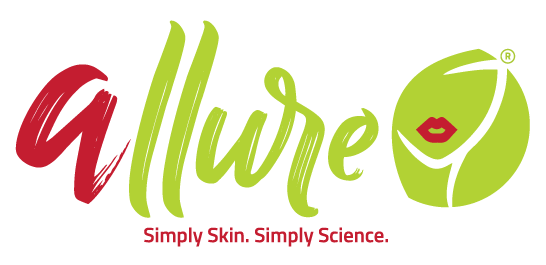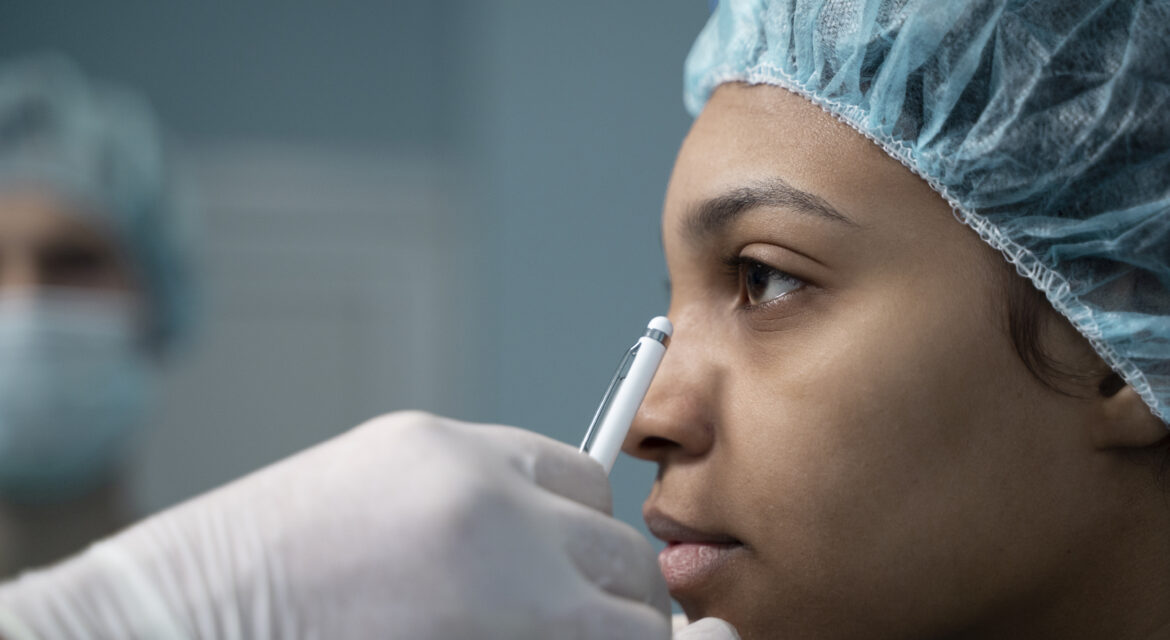If you’ve ever started a new skincare regimen only to find that your skin suddenly looks worse instead of better, you may have experienced what is commonly referred to as “skin purging.” While the concept of skin purging can be alarming, understanding what it is and why it happens can help you navigate this temporary phase with confidence and patience. In this blog, we’ll delve into the phenomenon of skin purging, its causes, and how to distinguish it from other skin reactions.
What is Skin Purging?
Skin purging is a temporary process that occurs when your skin undergoes accelerated cell turnover, resulting in the rapid exfoliation of dead skin cells and the release of built-up impurities from within the pores. This can manifest as an increase in breakouts, congestion, or other skin imperfections in areas where you typically experience acne or congestion. Skin purging is often associated with the use of certain skincare products or treatments that accelerate cellular turnover, such as exfoliants, retinoids, or chemical peels.
Causes of Skin Purging
Skin purging occurs as a result of increased cellular turnover and the shedding of dead skin cells, which can be triggered by various factors, including:
-
Exfoliation: Products containing exfoliating ingredients like alpha hydroxy acids (AHAs), beta hydroxy acids (BHAs), retinoids, or enzymes can accelerate cellular turnover and trigger skin purging.
-
Stimulating Treatments: Certain treatments, such as chemical peels, microdermabrasion, or laser therapy, can also prompt skin purging as they encourage the shedding of dead skin cells and stimulate the skin’s renewal process.
-
Product Switching: Introducing new skincare products or transitioning to a different skincare regimen can sometimes trigger skin purging as your skin adjusts to the new ingredients and formulations.
Distinguishing Skin Purging from Breakouts
It’s important to distinguish between skin purging and a true breakout or adverse reaction to a product. While skin purging typically manifests as an increase in pre-existing acne or congestion in areas where you commonly experience breakouts, true breakouts may occur in new or unexpected areas and are often accompanied by other signs of irritation, such as redness, itching, or inflammation.
Managing Skin Purging
While skin purging can be frustrating, it’s essential to remain patient and consistent with your skincare routine. Here are some tips for managing skin purging:
-
Stay Hydrated: Keep your skin hydrated and moisturized to support the skin’s natural barrier function and minimize irritation.
-
Gradual Introduction: If you’re incorporating new skincare products or treatments into your routine, start slowly and gradually increase frequency to allow your skin time to adjust.
-
Protect Your Skin: Apply sunscreen daily to protect your skin from UV damage and minimize the risk of post-inflammatory hyperpigmentation, especially if you’re using exfoliating or retinoid-based products.
-
Consult a Professional: If you’re unsure whether you’re experiencing skin purging or a reaction to a product, consult a dermatologist or skincare professional for guidance and personalized recommendations.
Final Thoughts
Skin purging is a temporary and natural process that occurs as your skin adjusts to new skincare products or treatments. While it can be challenging to navigate, understanding the underlying causes and distinguishing it from other skin reactions can help you manage this phase with confidence and patience. Remember to stay consistent with your skincare routine, protect your skin from sun damage, and consult a professional if you have any concerns or questions along the way. With time and proper care, you’ll emerge with clearer, healthier skin ready to face the world with confidence.





Noel
Hi there, just became aware of your blog through Google, and found that it’s really informative.
I am gonna watch out for brussels. I will be grateful if you continue this in future.
Lots of people will be benefited from your writing.
Cheers! Escape rooms hub